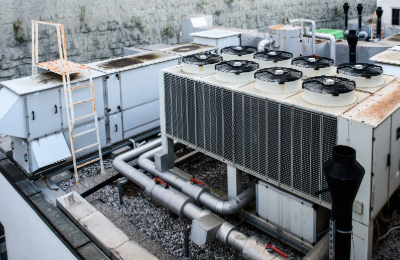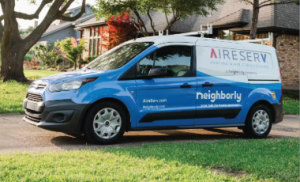Introduction to Bay Area’s Smart HVAC Platform
The Bay Area’s Smart HVAC Platform is revolutionizing the way we think about energy efficiency in heating, ventilation, and air conditioning (HVAC) systems. This innovative platform utilizes artificial intelligence (AI) technology to optimize energy consumption, reduce costs, and minimize environmental impact. By harnessing the power of AI, this platform is transforming the HVAC industry and paving the way for a more sustainable future.
Exploring the AI Technology behind Energy Efficiency
At the heart of Bay Area’s Smart HVAC Platform lies advanced AI technology that enables real-time monitoring, analysis, and control of HVAC systems. This AI technology utilizes machine learning algorithms to continuously learn and adapt to the unique characteristics of each building, optimizing energy consumption based on factors such as occupancy patterns, weather conditions, and thermal comfort preferences.
By analyzing vast amounts of data collected from sensors and other sources, the AI technology can identify patterns and trends that humans may overlook. For example, it can detect when certain areas of a building are consistently over or under-heated, allowing for targeted adjustments to optimize energy usage. This level of precision and efficiency is simply not possible with traditional HVAC systems.
Benefits of Bay Area’s Smart HVAC Platform
The benefits of Bay Area’s Smart HVAC Platform are numerous and far-reaching. Firstly, it significantly reduces energy consumption and costs. According to a study conducted by the U.S. Department of Energy, HVAC systems account for approximately 40% of a building’s energy usage. By optimizing energy consumption through AI technology, the Smart HVAC Platform can reduce this percentage significantly, resulting in substantial cost savings for building owners and operators.
Furthermore, the platform improves occupant comfort and productivity. By continuously monitoring and adjusting temperature and air quality, the AI technology ensures that occupants are always in a comfortable environment. Studies have shown that comfortable working conditions can increase productivity by up to 20%. Therefore, the Smart HVAC Platform not only saves energy but also enhances the overall well-being and performance of building occupants.
Additionally, the platform has a positive environmental impact. By reducing energy consumption, it helps to lower greenhouse gas emissions and combat climate change. According to the Environmental Protection Agency, buildings are responsible for approximately 39% of total carbon dioxide emissions in the United States. By implementing the Smart HVAC Platform, these emissions can be significantly reduced, contributing to a more sustainable future.
Future Implications and Potential of AI in Energy Efficiency
The future implications and potential of AI in energy efficiency are vast. As technology continues to advance, AI algorithms will become even more sophisticated, enabling even greater energy savings and optimization. The integration of AI with other smart building technologies, such as lighting and occupancy sensors, will further enhance energy efficiency and occupant comfort.
Moreover, the data collected by the Smart HVAC Platform can be used to identify trends and patterns on a larger scale. This aggregated data can help policymakers and energy providers make informed decisions regarding energy usage and infrastructure planning. For example, it can identify areas with high energy demand and guide the development of renewable energy sources in those regions.
In conclusion, Bay Area’s Smart HVAC Platform is a game-changer in the HVAC industry. By harnessing the power of AI technology, it optimizes energy consumption, reduces costs, improves occupant comfort, and has a positive environmental impact. The future implications and potential of AI in energy efficiency are promising, paving the way for a more sustainable and efficient future. As we continue to embrace AI technology, we can expect even greater advancements in energy efficiency and a significant reduction in our carbon footprint.


